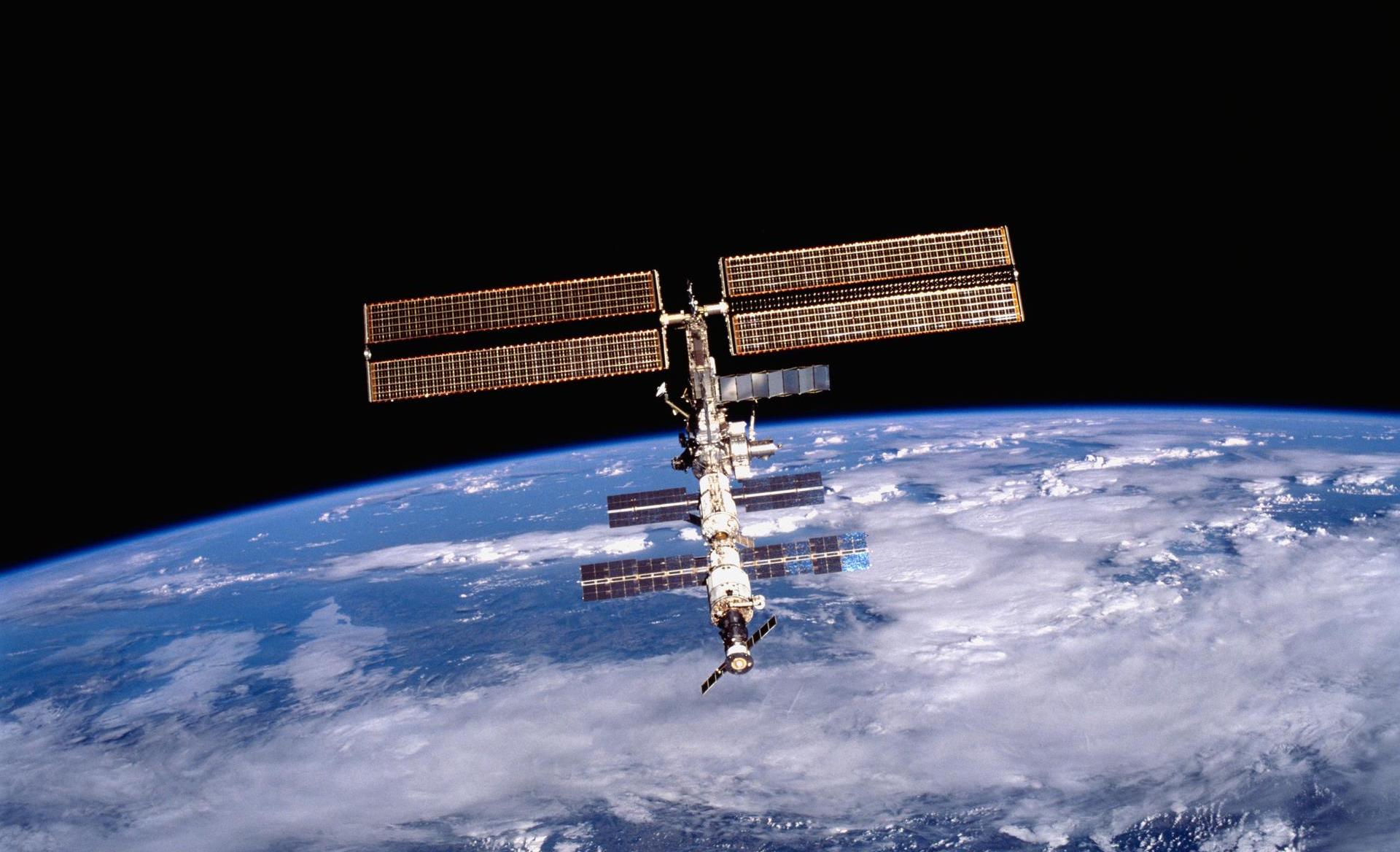Toronto-based startup Luna Design and Innovation is a prime example of the kind of space company that is increasingly starting up to take advantage of the changing economics of the larger industry. Founded by Andrea Yip, who is also Luna’s CEO, the bootstrapped venture is looking to blaze a trail for biotechnology companies who stand to gain a lot from the new opportunities in commercial space – even if they don’t know it yet.
“I’ve spent my entire career in the public and private health industry, doing a lot of product and service design and innovation,” Yip told me in an interview. “I was working in pharma[ceuticals] for several years, but at the end of 2017, I decided to leave the pharma world and I really wanted to find a way to work along the intersection of pharma, space and design, because I just believe that the future of health for humanity is in space.”
Yip founded Luna at the beginning of this year to help turn that belief into action, with a focus on highlighting the opportunities available to the biotechnology sector in making use of the research environment unique to space.
“We see space as a research platform, and we believe that it’s a research platform that can be leveraged in order to solve healthcare problems here on Earth,” Yip explained. “So for me, it was critically important to open up space to the biotech sector, and to the pharma sector, in order to use it as a research platform for R&D and novel discovery.”
NASA’s work in space has led to a number of medical advances, inducing digital imaging tech used in breast biopsy, transmitters used for monitoring fetus development within the womb, LED’s used in brain cancer surgery and more. Work done on researching and developing pharmaceuticals in space is also something that companies including Merck, Proctor & Gamble and other industry heavyweights have been dabbling in for years, with experiments conducted on the International Space Station. Companies like SpaceFarma have now sent entire minilaboratories to the ISS to conduct research on behalf of clients. But it’s still a business with plenty of remaining under-utilized opportunity, according to Yip – and tons of potential.
“I think it’s a highly underutilized research platform, unfortunately, right now,” she said. “When it comes to certain physical and life sciences phenomena, we know that things behave differently in space, in what we refer to as microgravity-based environments […] We know that cancer cells, for instance, behave differently in short- and longer-term microgravity when it comes to the way that they metastasize. So being able to even acknowledge that type of insight, and try and understand ‘why’ can unlock a lot of new discovery and understanding about the way cancer actually functions […] and that can actually help us better design drugs, and treatment opportunities here on Earth, just based on those insights.”
Blue Origin’s New Shepard rocket. Credit: Blue Origin .
Yip says that while there has been some activity already in biotech and microgravity, “we’re on the early end of this innovation,” and goes on to suggest that over the course of the next ten or so years, the companies that will be disrupting the existing class of legacy big pharma players will be ones who’ve invested early and deeply in space-based research and development.
The role of Luna is to help biotech companies figure out how best to approach building out an investment in space-based research. To that end, one of its early accomplishments is securing a role as a ‘Channel Partner’ for Jeff Bezos’ commercial space launch company Blue Origin. This arrangement means that Luna acts a a sales partner for Blue Origin’s New Shepard suborbital rocket, working with potential clients for the Amazon founder’s rocket company on how and why they might seek to set up a sub-orbital space-based experiment.
That’s the near-term vision, and the way that Luna will seek to have the most impact here on Earth. But the possibilities of what the future holds for the biotech sector start to really open up once you consider the current trajectory of the space industry, including NASA’s next steps, and efforts by private companies like SpaceX to expand human presence to other planet.
“We’re talking about going back to the Moon by 2024,” Yip says, referring to NASA’s goal with its Artemis program. “We’re talking about going to Mars in the next few years. There’s a lot that we will need to uncover and discover for ourselves, and I think that’s a huge opportunity. Who knows what we’ll discover when we’re on other planets, and we’re actually putting people there? We have to start preparing for that and building capability for that.”
Source: Tech Crunch Startups | Luna is a new kind of space company helping biotech find its footing in microgravity

No Comments